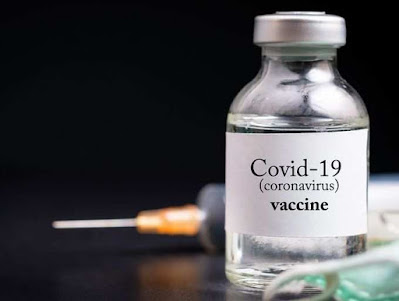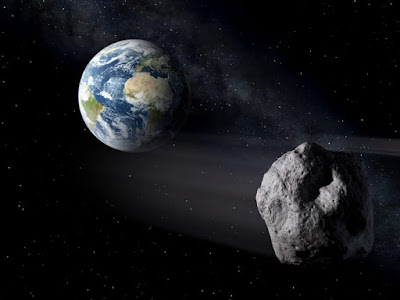Top 5 Essentials Foods To Prepare Your Body For The Upcoming Monsoon
Monsoon diet: With the onset of monsoon, it is essential to boost your immunity to prevent infections. Here are some essential foods you can add to your diet for a healthy immune system.
Most of the cities have already started to experience the pre-monsoon showers and it's predicted that the monsoons should be here in full swing anytime! While this season is such a respite from the heat, the monsoon season comes with its own set of problems like viral fever, cough, cold, stomach infections, dengue, and malaria. Usually, with the onset of heavy reasons, your immune system tends to get compromised due to bacterial or viral infections. It goes without saying that a strong immune system and taking precautions is what's going to help you recover quickly and protect you against infections.
Whether it's prevention, recovery, healing - all that matters is your immune system as it's the first and last line of defense. Your immune system is made up of immune cells and each of these cells needs to have the right amount of energy through the food you eat, the water your drink, and the air you breathe. This is how one maintains a strong immune system.
There are foods that can help you enhance your immune system through this season, but these don't magically boost your immunity. They assist. Your immune system is a function of your overall lifestyle - right nutrition, quality and quantity of water, rest, recovery, sleep, emotional detox, and an active lifestyle to help circulate all the nutrients to all the trillions of cells in your body.
Think monsoons, think hot soups. You can make pumpkin soup, tomato soup, moringa soup, green pea soup, mixed vegetable soup, or even something as simple as rasam. Pumpkin is a fantastic immunity booster due to a high concentration of beta carotene; vitamin C. Make sure you add garlic and ginger as they are highly anti-inflammatory and garlic literally works as an antibiotic and antifungal food. To this preparation, you can also add chilies, unless you have an acidity issue. Chilies are extremely rich in vitamin C too. In case you are a non-vegetarian, a simple chicken broth with spices and vegetables is fantastic immune-boosting food.
2. Oregano
Do you know why? Because of its extremely potent antifungal properties. Monsoons bring the risks of even acquiring fungal infections because the dampness and moisture provides a perfect and conducive environment for them to thrive.
You could simply brew oregano tea or season your salad and food with dried/fresh oregano leaves depending on what's available. Even 1-2 drops of edible oregano essential oil mixed in your water or soup works great. Oregano also benefits the respiratory system and helps loosen up the mucus and phlegm, especially when sipped warm.
3. Nuts and seeds
Whether it's hot or cold, you cannot go wrong with unsalted almonds, walnuts, peanuts, sunflower seeds, pumpkin seeds. Make sure you have some amount of these in a day. It could be a handful or less than that, but do not overdo them. Keep them balanced.
4. Cooked Crucifers
These are cabbage, cauliflower, broccoli, radish and are fantastic for controlling inflammation, fighting bacterial infections, and powerful immune boosters. Make sure they are well cleaned and cooked/steamed/blanched especially if you have a thyroid condition due to its goitrogenic effect. You can turn them into soups, stir-fries, soups, or vegetable preparations.
5. Masala box/spice kit
Stock up on common kitchen spices because these are your go-tos during monsoons. Make use of common kitchen spices to boost immunity, such as turmeric, cumin, methi seeds, ginger, garlic, cloves, cinnamon, curry leaves, tulsi/basil leaves, and black pepper. You can make a concoction or a water infusion, or simply add these to your daily cooking.
You can also brew all of it together into a steaming cup of chai, without refined sugar. Instead, replace that with jaggery and you will notice how it only enhances the taste. So, in case your body craves that cup of chai this monsoon, you know you can go for it. Only make it the right way and add spices!
















